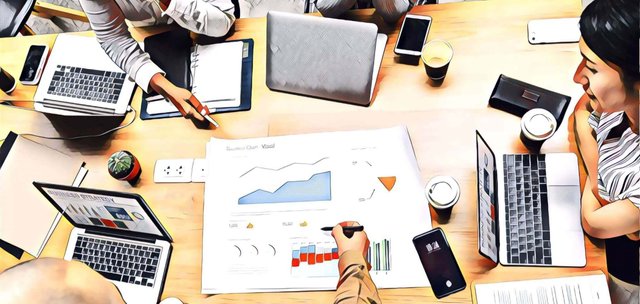To create an effective learning environment in the classroom, implement the Seven Keys to Learn from the Great Explorer: Clarity, Quality, Communication, Relationship, and Collaboration. While these strategies are universal, they are the least used, understood, and applied. They are a vital part of a successful education program. If you haven't read this book yet, you are missing out! Don't miss out on this important resource!

The early explorers unit is an ideal time to practice map making skills. Students can make a map showing where they sailed and landed. As they study different explorers, they can shade in different regions on the map. This will help them see which parts of America were settled by which explorers. Using playdough, students can also make 3D maps with food and playdough.
In addition to reading works by great explorers, students can also follow the lives of real explorers. Discovering their own unique mission will give students a sense of purpose. If you study early explorers, it's important to remember their accomplishments. Whether they're successful or unsuccessful, they'll have a greater appreciation for the work of others. This knowledge is invaluable for personal growth.
While studying early explorers, practice map-making. Make a map that shows where these explorers sailed from, where they landed, and what they discovered. As a class, students can add to their map over time by shading different parts. If you're teaching about a particular era of exploration, try creating a three-dimensional map with playdough or food.
The early explorers' stories have a lot of details to share. It's important to understand what each explorer's goals were and why they succeeded or failed. Involve your students in the study process and make it a fun and rewarding learning experience. Throughout the unit, they'll have the opportunity to make a map of their own. Adding details to it is important for them to remember what these people did, and what they discovered.
Explore the world by building your own knowledge. During your early explorers unit, students will want to create their own map. Identify which parts of America were settled by the different explorers. They'll want to learn about the world's history, so make maps of your own. If they're imagining the world, they'll need to learn from their own journeys.

Ferdinand Magellan: The Portuguese explorer led the first European expedition to circumnavigate the world. He studied map-making and navigation as a boy and then joined the Portuguese fleet in East Africa in 1505, when he was only in his mid-20s. His journeys to India and other lands resulted in massive declines in native populations. In the end, Columbus was the first to discover the New World.
Nice keep it up.
if you haven't receive 100 STEEM than vote Lyon89 for witness
He is my friend so i am vouching for him
Vote Here for Lyon89 and get 100 STEEM
Downvoting a post can decrease pending rewards and make it less visible. Common reasons:
Submit